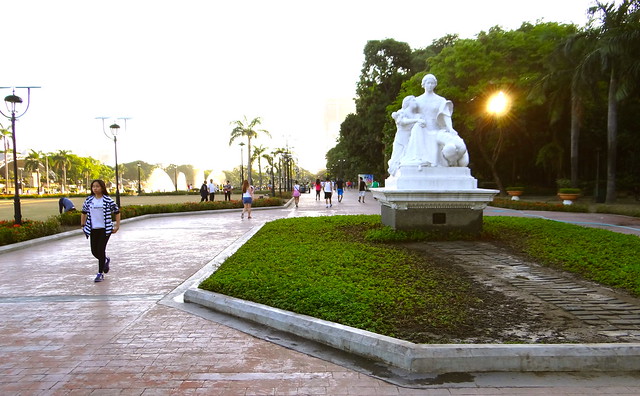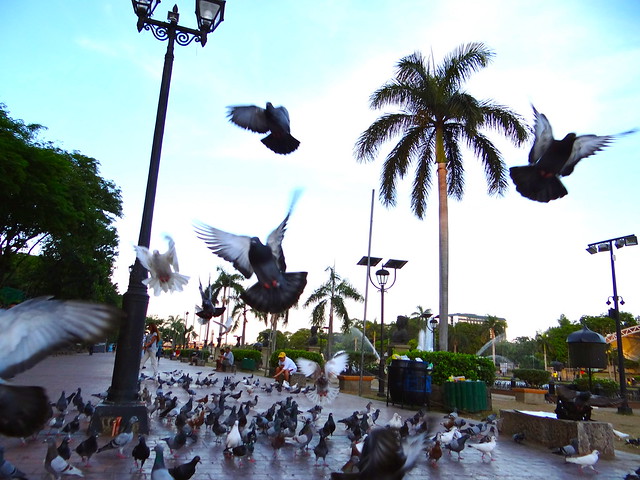You've probably heard about Evernote, arguably the most popular note-taking app today. Thousands of professionals have praised the app's ubiquity, simplicity, and sophistication. And the app's slogan -- "Remember everything" -- seems to be less an ideal than a description of reality.
But Evernote is a perfect tool for students, too. Below are some of the ways Evernote can make your life at university less stressful:
Take crisp, high-contrast photos of library materials.
Xerox is dead. The time of the photocopying machine is gone. If you can't take home particular books from the university library (e.g. The Book of Forbidden Potions and Curses), save money instead by using Evernote's "document camera". Just aim the camera at the document, wait for about three seconds, and the app will automatically capture the page with amazing fidelity. Use tags to make future searches much, much easier.
Write multimedia lecture notes.
If you happen to be a digital note-taker -- as opposed to an analog note-taker -- (either, by the way, has its own set of advantages and disadvantages), you can use Evernote to record your instructor's main points. AND you can take photos of the whiteboard or slides using Evernote's hi-res document camera. Plus, you can voice-record the lecture as well (ask for your prof's permission, though, before doing this).
Search -- including images!
Say you took pictures of a city map which, of course, includes street names. If you search for a particular street name, the portion of the map with that particular street name will also appear -- with that street name highlighted!
I can add another one -- use Evernote for your research papers -- but that deserves a post (or series of posts) of its own.
So, yeah, bring Evernote to school -- and remember everything.
Text and illustration: Daryl Zamora
Disclaimer: This post is (unfortunately) not sponsored by Evernote.


















